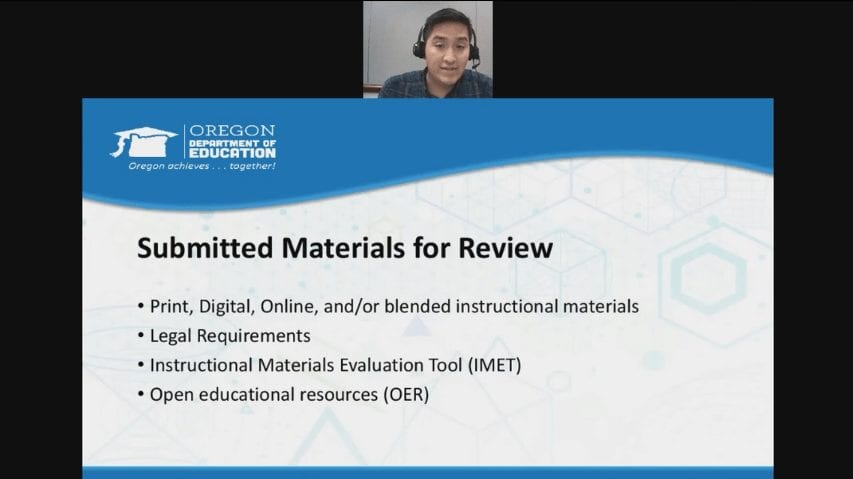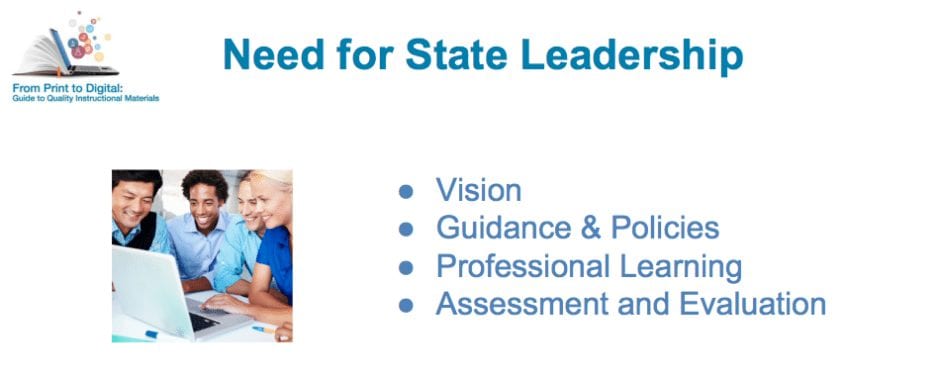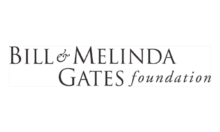Guide to Quality Instructional Resources Focuses on the Process, not the Purchase
Questioning the quality of instructional materials isn’t new to the digital education era. But with the rise of OER, growing use of supplemental resources over core textbooks, and the increasing flexibility of state funding, more purchasing decisions have moved to the school and district level. Thus, there is the potential for more disparity in the quality of materials from school to school. Confronted by concerns from their members that schools and districts might not be buying the best quality resources, SETDA updated its Guide to Quality Instructional Materials, which was introduced during the edWebinar “From Print to Digital: Discover and Implement Quality Instructional Materials for Learning.” The emphasis of the Guide, said Christine Fox, Deputy Executive Director for SETDA, is not on critiquing specific content but in helping educators develop an ongoing review process and giving content providers a concrete outline for how the process should work.
The first task of the Guide, which was assembled by a large taskforce of state and district leaders, private sector partners, and stakeholders, is to provide a definition:
Quality instructional materials are content-rich materials, aligned to standards that are fully accessible and free from bias. They support sound pedagogy and balanced assessment to help teachers understand and interpret student performance.
As important as having a definition and criteria are, though, SETDA also emphasized the need for state-level leadership. Even in states that don’t have statewide instructional materials adoptions, the departments of education must provide schools and districts with vision, guidance, and support. State leaders need to make sure they are giving educators the tools they need to select the best materials for the classroom.
Several topic areas were expanded in the latest Guide, including planning for purchases in respect to curriculum standards; interoperability, privacy, and accessibility considerations; and professional learning. In addition, there is a separate section on vetting OER. The overall goal is to purchase the best available material to suit the students’ needs, but as shown in the Guide, there are no shortcuts.
Reiterating the need to follow the process every time was Jeremy Wartz, a program analyst with the Oregon Department of Education. During the edWebinar, he offered insights into Oregon’s approval procedures for adopting core curriculum materials. (Oregon does not adopt supplemental resources.) Many aspects of the adoption process are similar to what SETDA recommends in the Guide: developing review criteria, notifying publishers of the considerations, training the reviewers before evaluation, and publishing the scores. Schools do not need to adopt from the list, however. If they choose to conduct an independent adoption, they are required to use a process similar to the state to ensure materials meet the adoption criteria.
While Oregon does not specify any percentage of digital components in the materials, most schools have now incorporated digital resources into their classrooms. Wartz believes there are three reasons why the schools have embraced the shift.
- A change in policy to allow recommended programs to include OER
- Flexibility in adoption options
- State resources to aid the transition
Again, just as SETDA’s Guide is focused on developing procedures for evaluating materials, Oregon’s statutes are meant to ensure that educators take an informed approach to assessing quality, not dictate exact purchases. SETDA’s guide also wants to make sure the focus is on the teaching and not the device.
“Although not everyone is there yet, we do believe that personalizing instruction is much more than the technology itself but really about changing [the] teaching and learning opportunities,” said Fox. “Learning more about how quality content can support…quality instruction is helpful, and the Guide can support [teachers’] work in many ways.”
This broadcast was hosted by edWeb.net and SETDA and sponsored by the Bill & Melinda Gates Foundation.
This article was modified and published by EdScoop.
About the Presenters
Christine Fox is the deputy executive director for SETDA. As Deputy Executive Director, she collaborates with the executive director in charting strategic direction, administration, planning and financial decisions involving SETDA. She also facilitates the members’ professional learning opportunities including planning and implementing the content for SETDA’s virtual and in-person events and newsletters. In addition, she manages many of SETDA’s research and product development projects from conception to publication. The management of such projects includes coordinating data collection from all states, supervising consultants and staff, ensuring member input and supervising the publishing process. Recent publications and projects include Navigating the Digital Shift, Digital Instructional Materials Acquisition Policies for States, OER Case Studies: Implementation in Action, The Broadband Imperative and From Data to Information. Christine’s background includes experience in education and consulting. She has worked as an educational consultant and curriculum developer for a national whole school reform model, ESOL coordinator and 3rd grade teacher. Christine has a Masters of Science in teaching English as a second language from Florida International University and received her bachelor’s degree in English literature from Florida State University.
Jeremy A. Wartz is a program analyst with the Oregon Department of Education as the instructional materials coordinator. As a member of the Standards and Instructional Supports (SIS) team, he coordinates the instructional materials review process at the state level and provides assistance to Oregon’s school districts. Moreover, Jeremy helps school districts with navigating the adoption process at the local level with instructional materials a component to a high quality education.
Join the Community
Essential Elements for Digital Content is a free professional learning community that provides policy makers, school administrators and educator leaders a better understanding of policies and practices related to digital instructional materials.







Comments are closed.